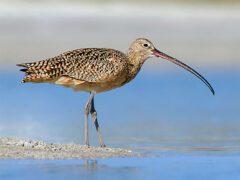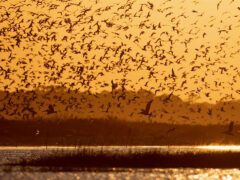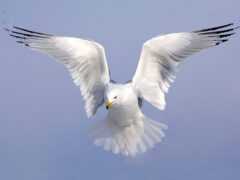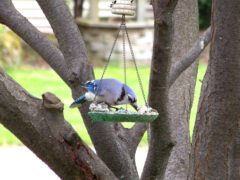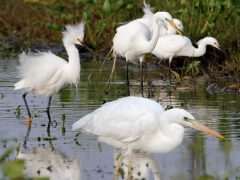A very plump, short-tailed, round-winged game bird, with essentially no neck. It has an oddly shaped, narrow head with a crest at the back. The bill is heavy, short, and thick.
Relative Size
Larger than an Inca Dove, slightly smaller than a Scaled Quail or Gambel's Quail.

 between robin and crow
between robin and crowMeasurements- Both Sexes
- Length: 7.9-9.1 in (20-23 cm)
- Weight: 4.3-8.1 oz (122-230 g)
- Wingspan: 16.1-16.9 in (41-43 cm)
- Length: 7.9-9.1 in (20-23 cm)
- Weight: 4.3-8.1 oz (122-230 g)
- Wingspan: 16.1-16.9 in (41-43 cm)








